Out of Bounds: Sounds of Hidden Town

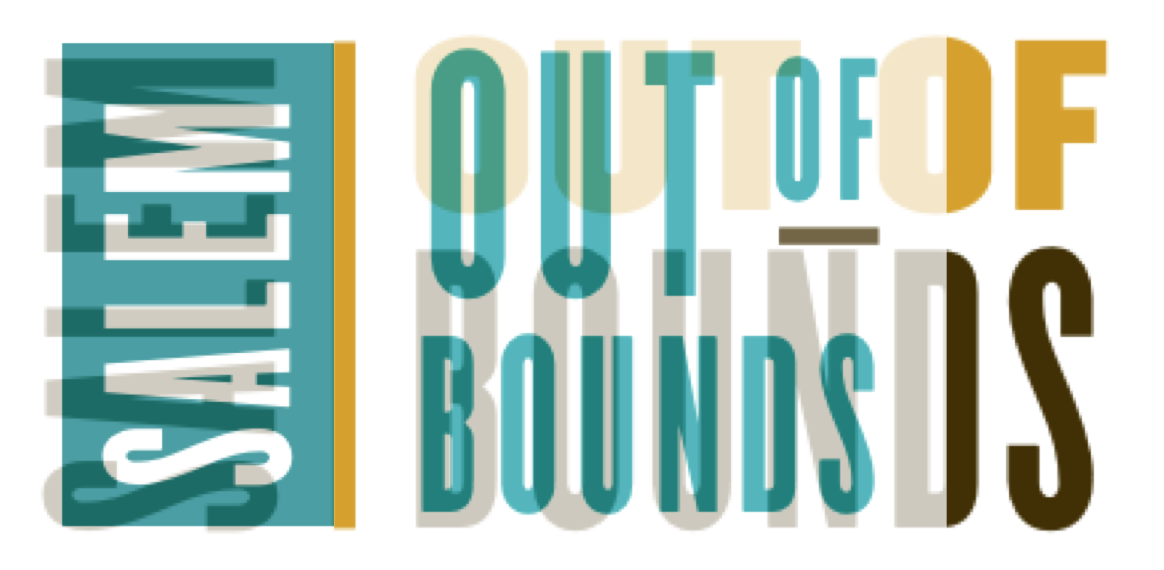
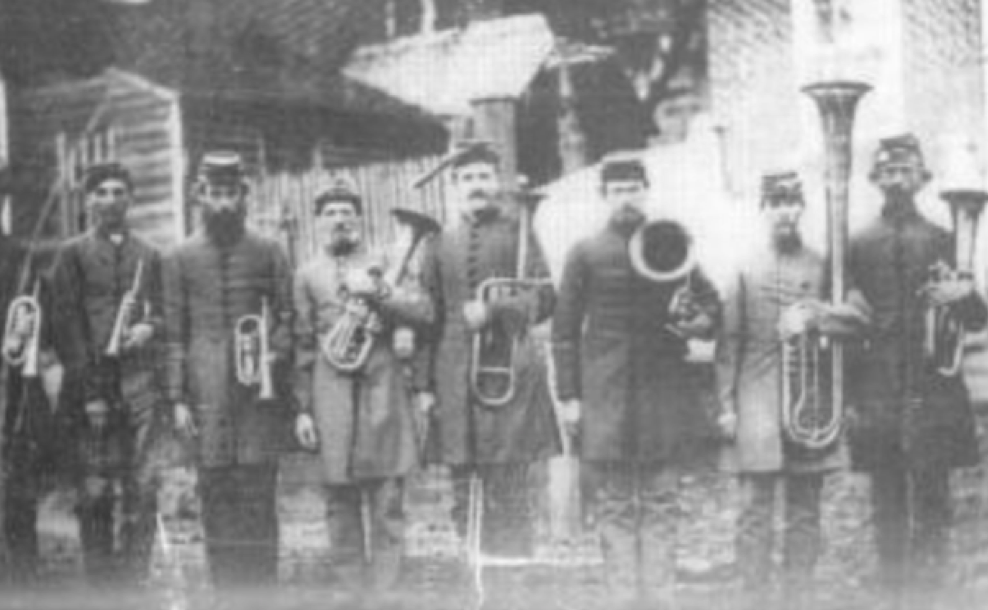
“In our Negro church, a Negress made a great disturbance by all sorts of shouts and motions. This gave Brother Steiner opportunity to express his disapproval of such performances…” (Salem diary, June 15, 1824)
“Sun, April 11. Found no one at the church but the sexton. After the second bell, Alex (Vogler) came. We talked about the congregation until after 11 0’clcok. Some are not satisfied with our quiet ways, want more lively meetings in which they can “rejoice” without restraint, and as they know I am opposed to noisy meetings and do not like to have them in the church, they seem disposed to go elsewhere.“ (written by Albert L. Oerter in the church diary, April 11, 1869)
The Hidden Town Project has discovered that the white Moravian enslavers, while happy to have the enslaved individuals convert to the Moravian form of Christianity, strongly opposed the use of any traditional tribal African spiritual practices that would result in a hybrid “Afro-Moravian” religious practice. For this reason, the Afro-Moravian worship practices tightly mimicked the subdued, white, German, Moravian behaviors. Most public of these practices could be found in the music compositions, song lyrics, and liturgical behaviors. The Afro-Moravians were guided toward ceasing any physical dance and vibrant behaviors during the church services.
One of the goals of the Hidden Town Project is to, through contemporary primary artistic production, interpret the heritage of the Afro-Moravian enslaved peoples. With this in mind, this project has been created in which, through multiple community partnerships (the University of North Carolina School of the Arts, Moravian Music Foundation, Moravian Archives, and Winston Salem State University), auditory compositions will be created referencing and utilizing both the suppressed traditional West African spiritual music and behavioral traditions of the enslaved, combined and/or contrasted with the traditional German Moravian spiritual music traditions.
Neither purely historically-based nor a contemporary endeavor, these entirely new constellations of auditory and physical experiences will then be performed in the historical dwelling spaces of the enslaved. These experiences will be visually and auditorily recorded, with the end product a formation of contemporary recordings and micro museum-experiences designed for a single person or very small audiences tied back to the place of human bondage.
The three locations with their respective contemporary composition narratives are:
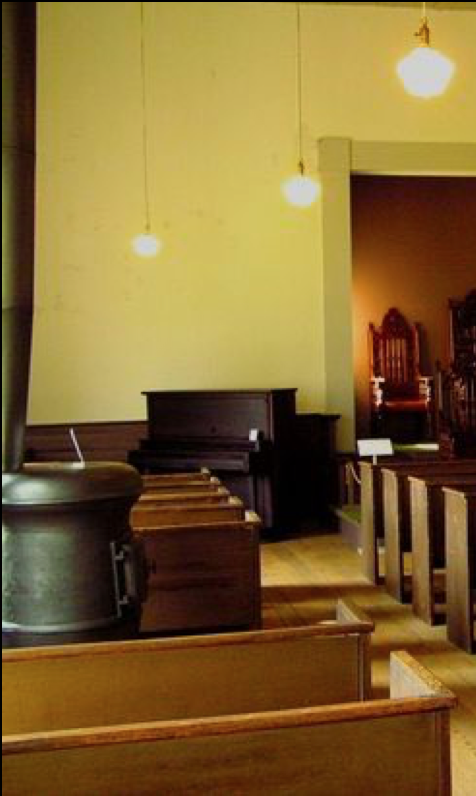
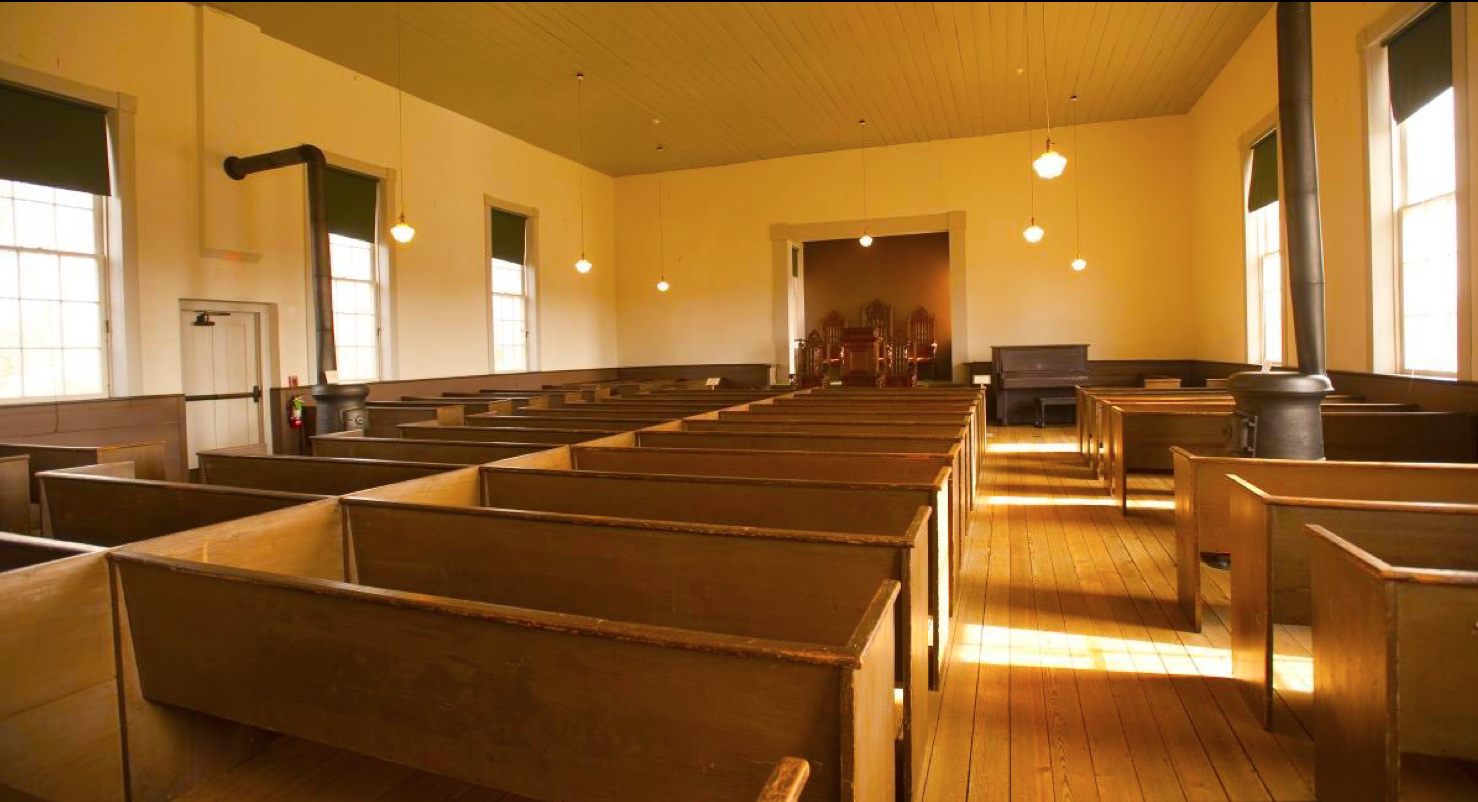

“The African Church” (St. Phillips Moravian Church): performance by The Burke Singers directed by Maestra D’Walla Simmons-Burke, Director of Choral and Vocal Studies, Winston-Salem State University (WSSU), Department of Music.
Known historically as the African Church in Salem, the all-black congregation was established May 5, 1822, as outreach mission to the mostly enslaved population in and around Salem. In 1822, the original Log Church for the new black congregation was built (adjacent to the Negro God’s Acre graveyard established in 1816). This building was later superseded by the large brick Greek Revival-style church in 1861. This brick church is now the oldest standing African American church in North Carolina. It was in this brick structure that the enslaved of Salem were first told about emancipation and the formation of a period of reconstruction. Those church pews remain in the building to this day.
Since the 1980s, Old Salem has worked to restore the St. Philips complex, including a major investment in research and scholarship to understand the site, building restoration, and archaeology to reveal the graveyards. The Log Church was reconstructed and serves as space for interpretive exhibits about early Africans and African Americans in Salem as discovered through research. The Brick Church remains a consecrated Moravian church and the historic home to the St. Philips congregation, which holds services there. In addition, the church building serves as an interpreted historic building, performance space, and lecture hall. Comments from composer and director Maestra D’Walla Simmons-Burke, Director of Choral and Vocal Studies (WSSU):
“The Moravian story illustrates a connection of unity, prayer and global missions. This arrangement combines the a cappella hymn tune from the Moravian Book of Worship (For Food in a World by Crocker/Manfred Wester) that speaks to a global mission of hunger/loneliness/and living in fear but thanking God in the midst of these concerns. I created a simple hymn tune using the text Ba wanda ya son shi (There’s No One Like Him) with inspired African idioms rounded-off with native percussion to infuse into this complete worship offering. This African text compliments the first hymn tune as it speaks of traveling/searching everywhere and not being able to find anyone as wonderful as God/Jesus. As research indicates, both Moravians and the enslaved Africans of the Moravians, believed in unity, prayer and global mission – thus, both musical cultures often spoke to the same or similar concerns within their existence and how they could exist in the midst of these concerns.”
Language: Hausa, djembe percussion
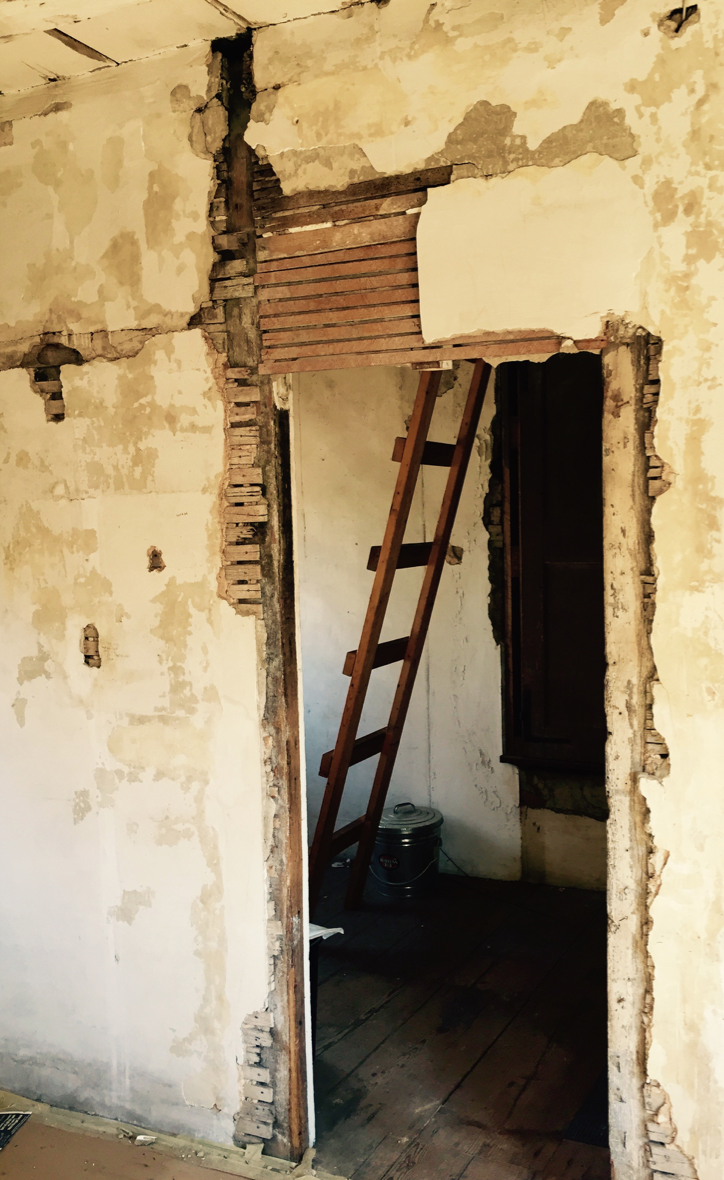
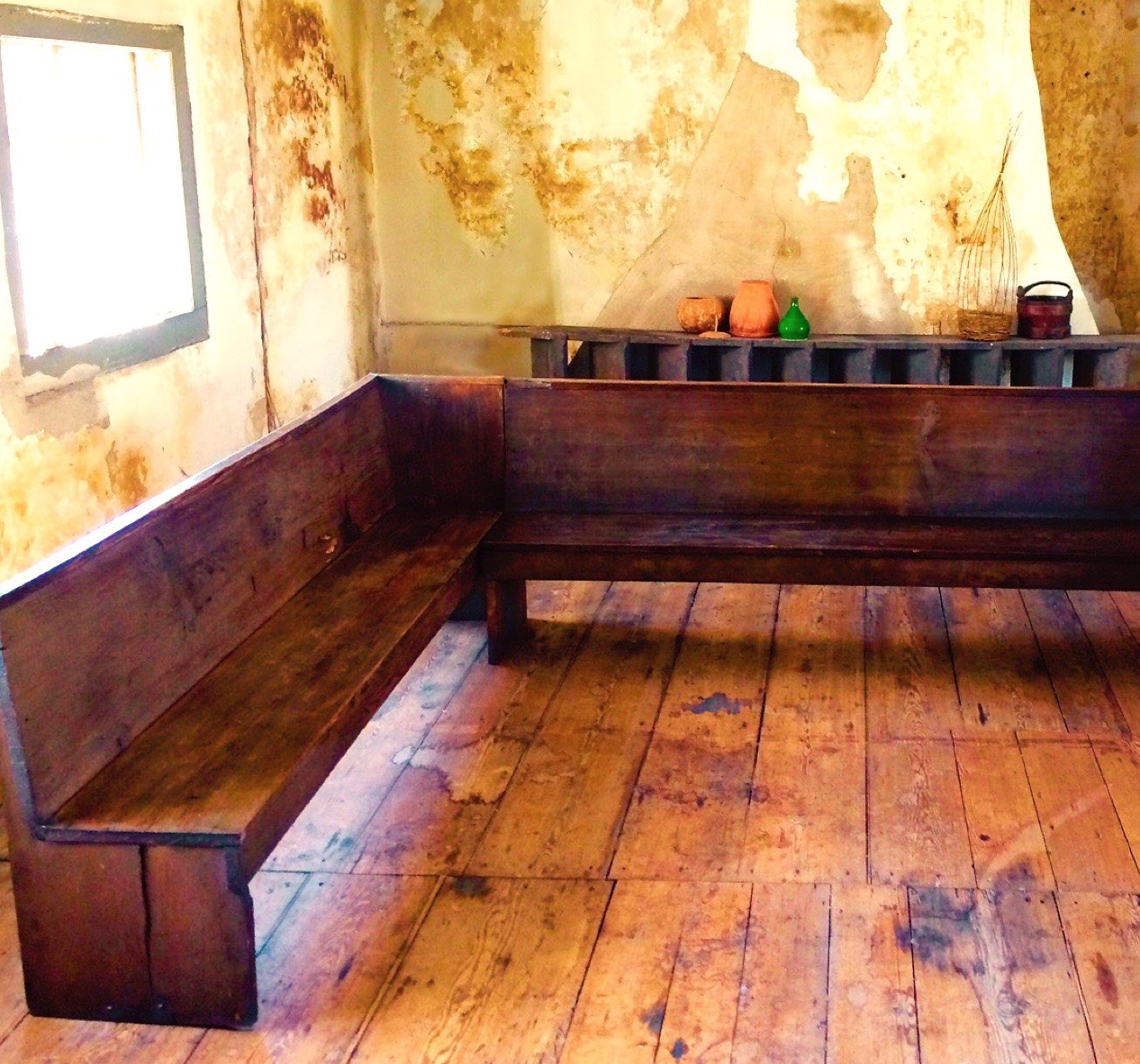

Tavern Room of Reflection Algernon Robinson, The University of North Carolina School of the Arts.
The Tavern is an original building built in c.1816 and now an Old Salem exhibit building. The Tavern was the interface between the Moravians and outsiders who came to Salem for various reasons (commerce, medical attention, Girls Boarding School, etc.) and served their needs for food and lodging. Enslaved people were used to operate the Tavern from its beginning, and the room above the kitchen, with its separate staircase, was likely sleeping quarters for these enslaved individuals or families.
An early Hidden Town effort was made to create a designated space within the museum historic district to be available and free for contemplation regarding the enslaved. For this reason, the “Room of Reflection & Dialogue” was established in the second-floor space above the kitchen. This room is now furnished with original pews from the African Church (St. Philips Moravian Church) and is available to anyone during museum operating hours, individuals and groups.
Algernon Robinson (UNCSA) is creating a music video using dancers, traditional African percussion instruments and string quartet and he states:
“The music blends traditional West African rhythms with Moravian hymn textures. “Parapo” is a West African Yoruba word which means “blend” or “where the ways come together.” This piece seeks to bring together Moravian and traditional West African musical ideas. Scored for string quartet and African percussion (including djembe, dun dun, and kalimba), the piece opens with a melody meant to evoke a call and response field holler, shared between members of the quartet. This is broken up by percussion strikes that progressively increase in volume, and morphs into an up-tempo section influenced by West African dance music before dissolving into the previously heard musical texture. This section of music juxtaposes the field holler melody from before with a tune inspired by Moravian church hymns. The West African dance music is heard once more before shifting back to the field holler melody played on the cello and ending the way the music began — making the piece cyclical. This piece has been choreographed, and the dance will be filmed on location in Old Salem.”
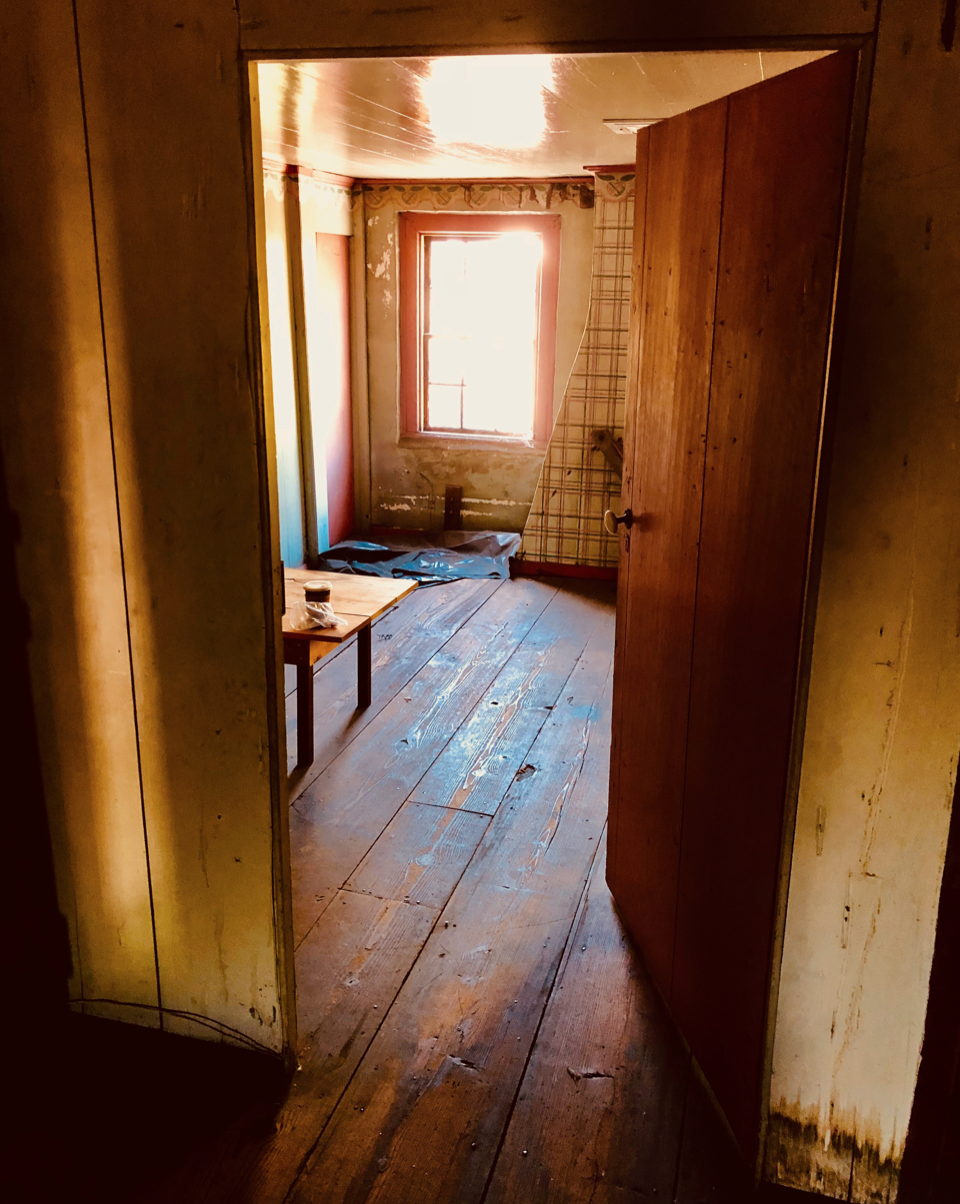
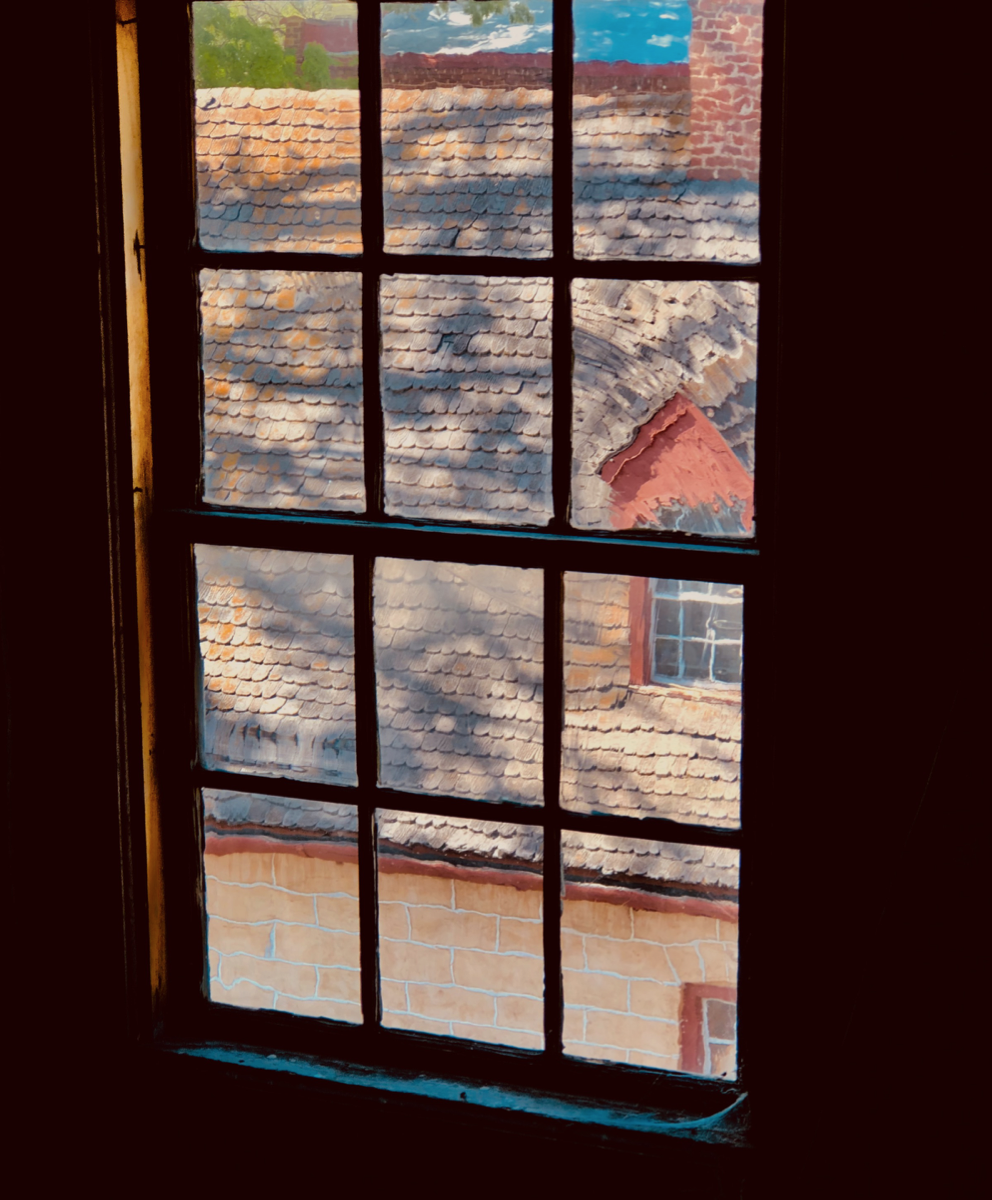

Bethy’s Attic Room: Peyton Clifford, The University of North Carolina School of the Arts.
Bethy (a female, enslaved, domestic) was born in 1831, perhaps in nearby Waughtown, North Carolina, as she may have been the daughter of Patience, a woman enslaved at that time by James Waugh. Also known as Betty and Elizabeth Jane, Bethy was about 17 years old when she entered the Salem household of the John and Christina Vogler as an enslaved young woman. Bethy sought membership in the African Church in Salem and was baptized in November 1851. She became a communicant member the following year and was then a sponsor for many Baptismal candidates.
Her enslavers, the Voglers, were highly respected in the community. John Vogler (1783-1881), a tradesman, was a significant participant in early nineteenth-century transformations, especially as a leader in industrialization. In 1848, when Bethy was enslaved to John Vogler, the three Vogler children were grown and his wife Christina’s health was compromised. Bethy was essential to the function of the Vogler household. There is no indication of a “slave house” on the Vogler lot, and Bethy probably lived in the house, a two-story brick building. The large attic may have served as her sleeping area, looking out to the center of town and Salem Square, and it is likely that at times she slept near Christina in her decline (Christina died in 1863).
The Vogler house has been part of the Old Salem museum experience since the 1950s. The recent revelation of Bethy’s presence in this exhibit building provides the opportunity to think about the role of slavery in the community and the individuals who were enslaved. It is hoped that further research will reveal more information about the person Bethy. Comments from composer Peyton Clifford (UNCSA):
“Half Lives is a sound-installation that communicates story through melodic quotation, instrumental timbre, and electronic alteration. The source material for the piece consists of two songs written by Piedmont Blues musicians from the 20th century. The Piedmont Blues style was North Carolina’s contribution to Blues music which was born out of the collision of West African and European musical elements that occurred during the enslavement of West African people in the United States. The first song, “Freight Train” by Elizabeth Cotten, begins acapella and unaffected; but is gradually marred by a number of electronic effects. During this battle between competing sounds, the second song, “I’m A Stranger Here” by Blind Boy Fuller, enters the fray. Pipe organ, an instrument used heavily by Moravian people, eventually swallows up the entire mass. With this, the density gives way to a new, spacious section of the piece grounded in the sound of the organ, along with excerpts of the Blues songs, all of which have been slowed down exponentially. A banjo and a “thumb piano”- two instruments which are rooted firmly in African music and whose predecessors were brought to the Americas during Triangular Trade – can be heard overtop the stretched-out music. Layers gently fade out, until the piece ends with the return of the unaffected vocal line of “Freight Train.” Half Lives is a piece about the attempt and failure to strip people of their diverse cultural heritages- thereby stripping them of their humanity. Ruminating on this dark piece of history reminded me of an atom with a half-life; no matter how much decay occurs, the atom will never be reduced to zero. Something will always survive.”
“The Sounds of Hidden Town” Participants
Old Salem Museums & Gardens
- Scott Carpenter – Project Manager / Research, Director of Music
- Franklin Vagnone – President & CEO, Co-Chair Hidden Town Committee and progenitor of “Sounds of Hidden Town”
- Cheryl Harry – Research, Co-Chair Hidden Town Committee
- Martha Hartley – Research, Co-Chair Hidden Town Committee
- Leo Rucker / Bill Cook – Lead interpreters at St. Phillips Heritage Site
- Erin Glant / Cindy Kepley – Lead interpreters at the Tavern
- Kelly Beeson / Mary Hartung – Lead interpreters at the Vogler House
- Johnny Yeagley – Research (volunteer)
- Michelle Cook – Development
- Karen Walter – Development, Research, Editing
Winston-Salem State University
- D’Walla Simmons-Burke – Composer / Director of The Burke Singers
- The Burke Singers: Angel Andrews, Briana Headen, Brittany Headen, Nia Lewis, Kayla Phifer
University of North Carolina School of the Arts
- Algernon Robinson – Composer/Music Editor
- Peyton Clifford – Composer
- Larry Dillon – Instructor
- James Wiley – Director of Photography
- Evan Finch – Editor/BTS Videography
- Lauren Smith – Choreographer
- Alexis York – Dancer
- Kendall Ramirez – Dancer
- Alyssa Neal- Dancer
- Dominique Valenzuela – Violin
- Bella Ward – Violin
- Monica Muñoz – Viola
- Blake Kitayama – Cello
- Greg Freeman – Percussion
Moravian Music Foundation & Moravian Archives
- Eric Elliot – Research
- Nola Reed Knouse – Research
FUNDING PROVIDED BY:

